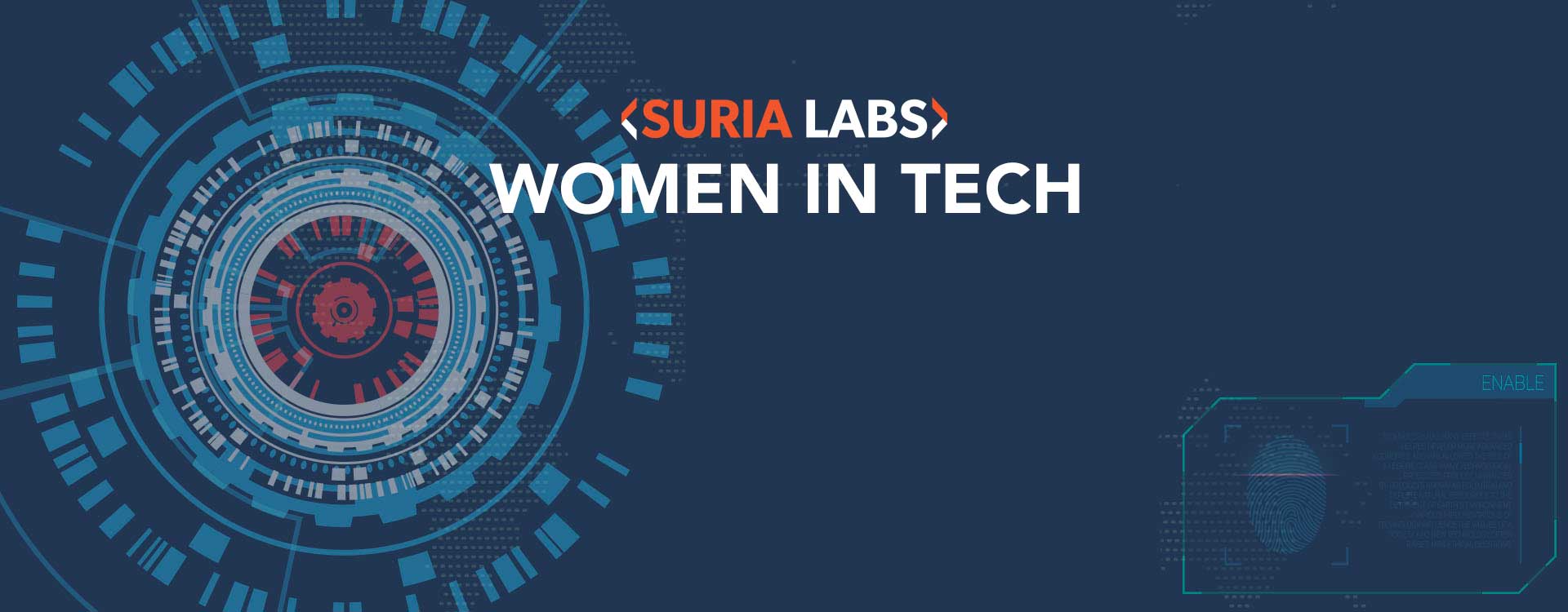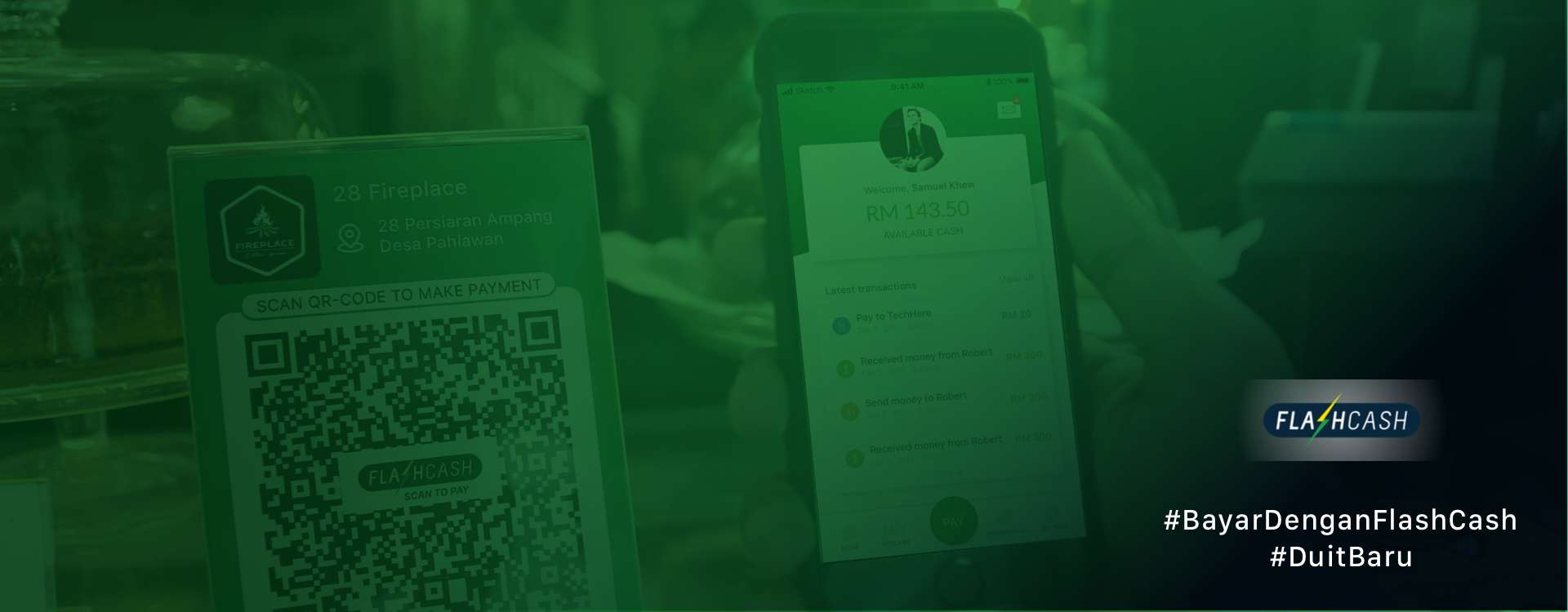In a new series, Suria Labs talk to women who are making a mark in the tech scene. In part one, we speak to Lindy Lim and Michelle Ler who are part of the organising team behind Rails Girls KL, a society that brings women together to learn and build their ideas.
No matter what the subject is, when you’re about to delve into learning a new skill, it can be daunting to take that first step, especially if that first step involves getting out of your comfort zone.
This is something that the Rails Girls community can relate to. They strive to make it easier for women who hope to learn programming by setting up a fun and proactive environment, allowing newbies to equip themselves with the right tools to make tech education more accessible.
Originally founded in Finland in 2010 by Linda Liukas and Karri Saarinen, Rails Girls KL (founded in 2014) is one of the 160 chapters of this organisation that has steadily grown all over the world. We spoke to Lindy Lim and Michelle Ler from the Rails Girls KL organising team on what it’s like to run an organisation that helps to empower women in the tech field.
How did you get involved with Rails Girls in the beginning?
Michelle: I joined one of their workshops as a participant. I came a long way after months of learning how to code and decided to give back by joining the organising team.
Lindy: I met the former head organiser of Rails Girls at a tech event. I was then invited to try mentoring at their next workshop.
How did you get into programming? Was it something you’ve always had an interest in?
Michelle: I had no interest in programming until the day I discovered HTML and CSS while managing my blog. However, I was more interested in arts rather than programming during that time so, I didn’t have the passion to explore coding in an in-depth way.
Lindy: I’ve never heard of programming prior to Form 5 in school. I found out about it online.
What drew you into wanting to learn programming?
Michelle: My brother was the one who drew me into coding since he was studying something related to it. I started off with Ruby since it was one of the “simpler” languages. I found it rather interesting and therefore I decided to give programming a shot.
Lindy: Since I started with HTML, I thought it was cool that I finally knew how websites worked and could design one of my own. That made me want to try other languages and dabble in other fields so I could get an overview of all of them and see what else I can do or make.
Do you ever feel as if there are particular drawbacks to being in this field because you’re a woman?
Michelle: It’s probably a disadvantage for anyone in any field regardless of gender if the person does not work the part or fit the part.
Lindy: Since I’m still a student, I’ll only be relating my experience in the scope of my school’s tech club. I have male friends who have far more experience than me and they’ve built some incredible stuff, but I’ve never really felt at a disadvantage (although I have felt intimidated). Given the wealth of information available online that I can easily learn from, I find I’m only disadvantaged by my own procrastination and self-doubt. Besides that, I think I actually have an advantage over them in regards to other non-technical skills that are indirectly relevant to tech.
What were the main learning challenges you faced in the beginning?
Michelle: Having to be consistent. I had to continuously learn something new each day and to keep myself updated. Technology advancement is growing everyday and there are so many things to learn- that in itself is the greatest challenge for all programmers including myself.
Lindy: Remembering code syntax. In the beginning, I experimented with several different languages, so I ended up forgetting or mixing up the syntax. Therefore, I had to constantly refer to the documentation, even for the simplest lines of code. I also found game development (C# and Unity) particularly challenging.
In what ways can we encourage more women to take up programming?
Michelle: Have faith in what you do and don’t give up. When you start on something that’s out of your comfort zone, make sure to seek plenty of help. You can take it slow and take your time because you’ll never know if this skill might just be a career life saver.
Lindy: By letting them try it first-hand. That way, they can infer for themselves whether they would enjoy it or not. Of course, we can also encourage by demonstrating interesting projects they could build at a higher level so as they won’t feel as if the only point of programming is to print “hello world“ to the console.

What is your advice for a woman who has interested in this field but might feel daunted to take part in the community?
Michelle: Being a woman in tech can be exhausting and you’d feel as though you’re swimming against the current. You have to always be prepared for challenges and make sure you love what you do.
Lindy: I think women who are interested should just go for it. I suppose there might be instances when you’ll feel left out, but isn’t that also a common thing in other workplaces?
Are the workshops separated for men and women? Are the teaching methods different between men and women?
Lindy: Usually, a majority of the workshops’ participants are women. However, if there are any male participants, they will not be separated. There is no different teaching method employed between women and men, as long as they are beginners.
Head to Rails Girls KL for more information and upcoming events: https://www.facebook.com/railsgirlskl/






